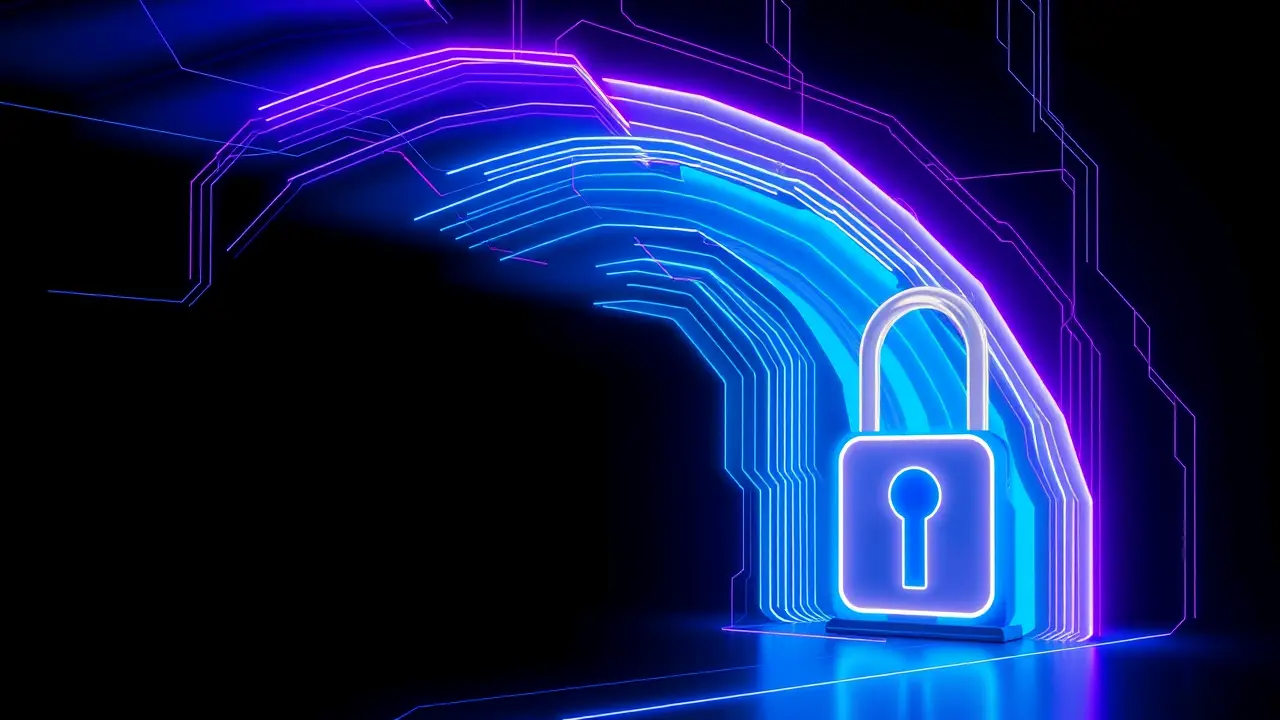- News
- auto-mobility
- The Best iPhone Privacy and Security Settings to Change on Your Apple Device (2025)

Otherauto & mobilityRegulations and Safety
The Best iPhone Privacy and Security Settings to Change on Your Apple Device (2025)
MI
Michael Ross
2 days ago7 min read
In the grand calculus of digital autonomy, your iPhone is less a mere device and more a personal citadel, its privacy and security settings forming the foundational code of your electronic sovereignty. As we navigate the precarious tightrope of 2025—a year where artificial intelligence integration has become as ubiquitous as it is opaque—the choices you make in your Settings app resonate with the profound weight of an Asimovian ethical dilemma, balancing the incredible utility of hyper-connected services against the fundamental human right to cognitive liberty.Apple, positioning itself as the corporate guardian at the gate, provides an arsenal of controls, but like any powerful tool, their efficacy is entirely dependent on the wisdom and vigilance of the user. The 'Allow Apps to Request to Track' toggle, for instance, isn't just a simple switch; it's a direct referendum on the surveillance economy, a deliberate opt-out of a system that monetizes your attention and behavior.Similarly, the labyrinthine permissions within Location Services demand a policy-level review, forcing you to adjudicate which applications truly warrant continuous geolocation data versus those that merely hoard it for speculative profiling. We must approach these settings not as tedious chores, but as the constitutional convention for our digital lives, establishing a bill of rights for our personal data.Consider the Lockdown Mode—a feature born from the recognition that certain users face threats modeled not on casual fraud but on state-level espionage. Activating it is a strategic declaration, a voluntary reduction of functionality for a fortress-like security posture, echoing the classic risk-versus-innovation debate that defines so much of the AI policy landscape.The iCloud Advanced Data Protection extension, which places the encryption keys solely in your hands, transforms Apple from a trusted intermediary into a mere infrastructure provider, a philosophical shift with monumental implications for global data sovereignty and legal jurisdiction. This isn't merely about preventing a embarrassing photo leak; it's about constructing a personal infrastructure resilient enough to withstand the coming waves of AI-driven social engineering and sophisticated phishing campaigns that learn and adapt in real-time.The true challenge, as with any powerful technology, lies in the governance layer—you. The default settings are a carefully negotiated settlement between convenience and privacy, but the optimal configuration is a deeply personal architecture, one that must be audited and reinforced with the same seriousness a nation-state would apply to its critical infrastructure. In the end, the most critical setting to change is your own mindset: from passive consumer to active sentinel of your digital frontier.
#featured
#iPhone
#privacy settings
#security settings
#Apple device
#user control
#data protection
Stay Informed. Act Smarter.
Get weekly highlights, major headlines, and expert insights — then put your knowledge to work in our live prediction markets.
© 2025 Outpoll Service LTD. All rights reserved.